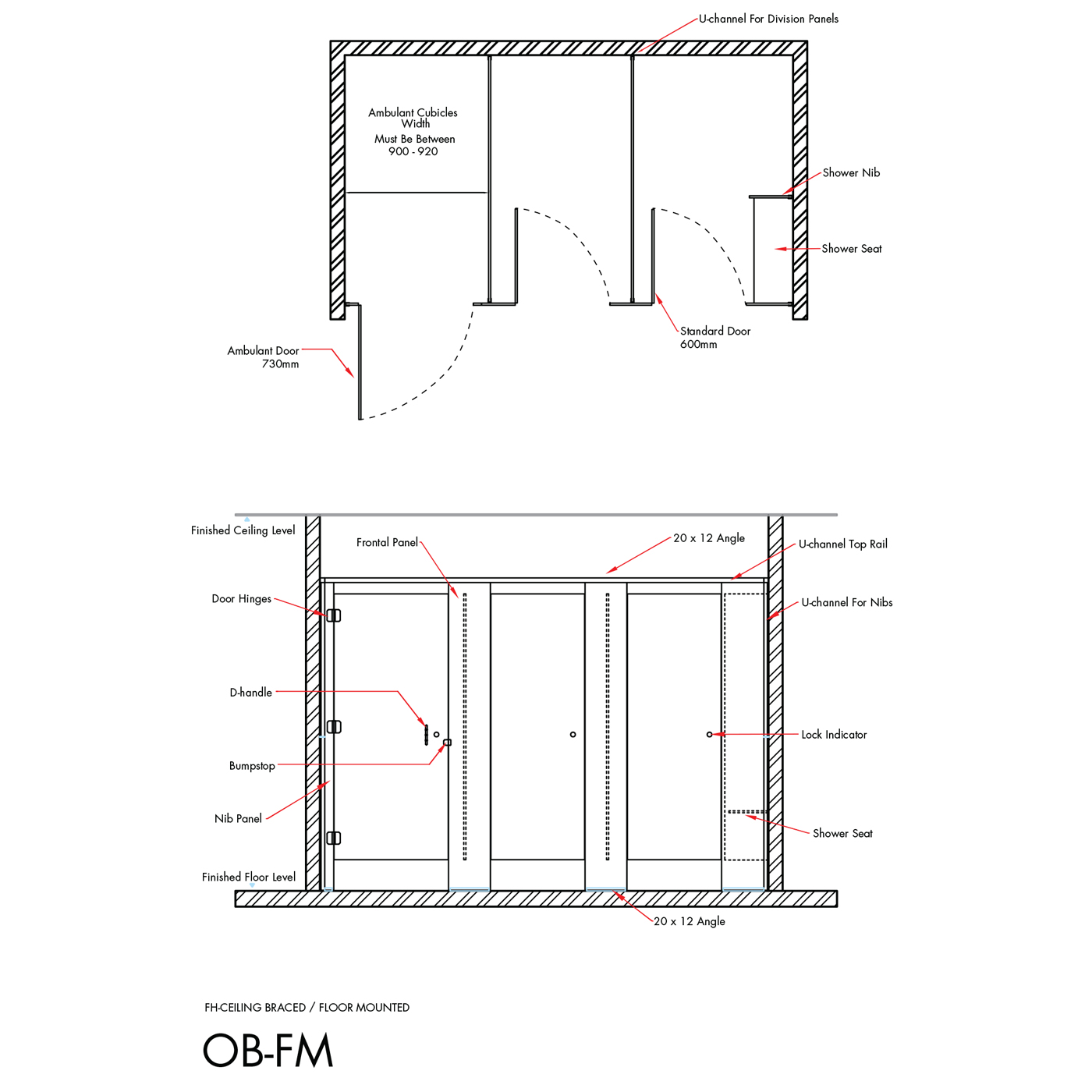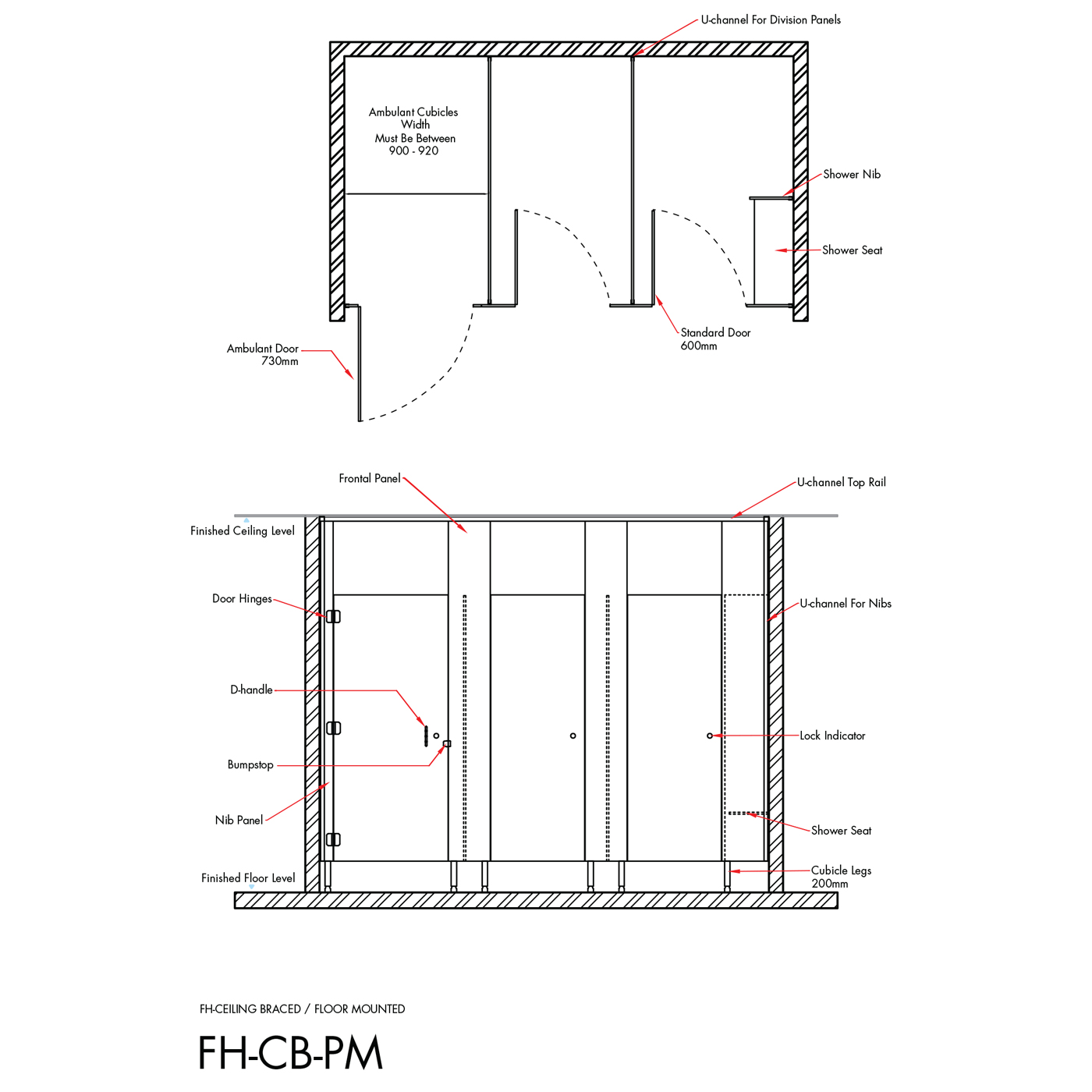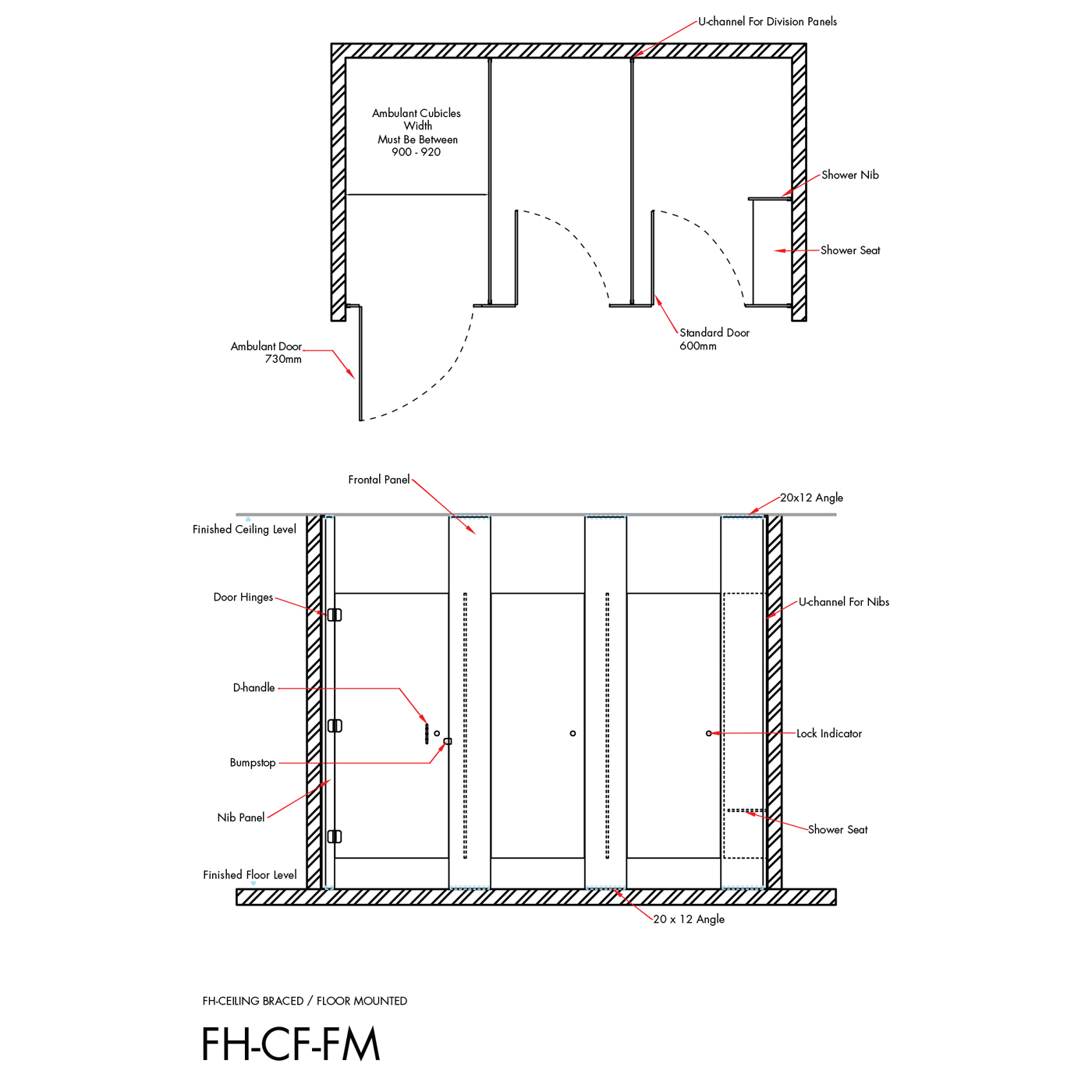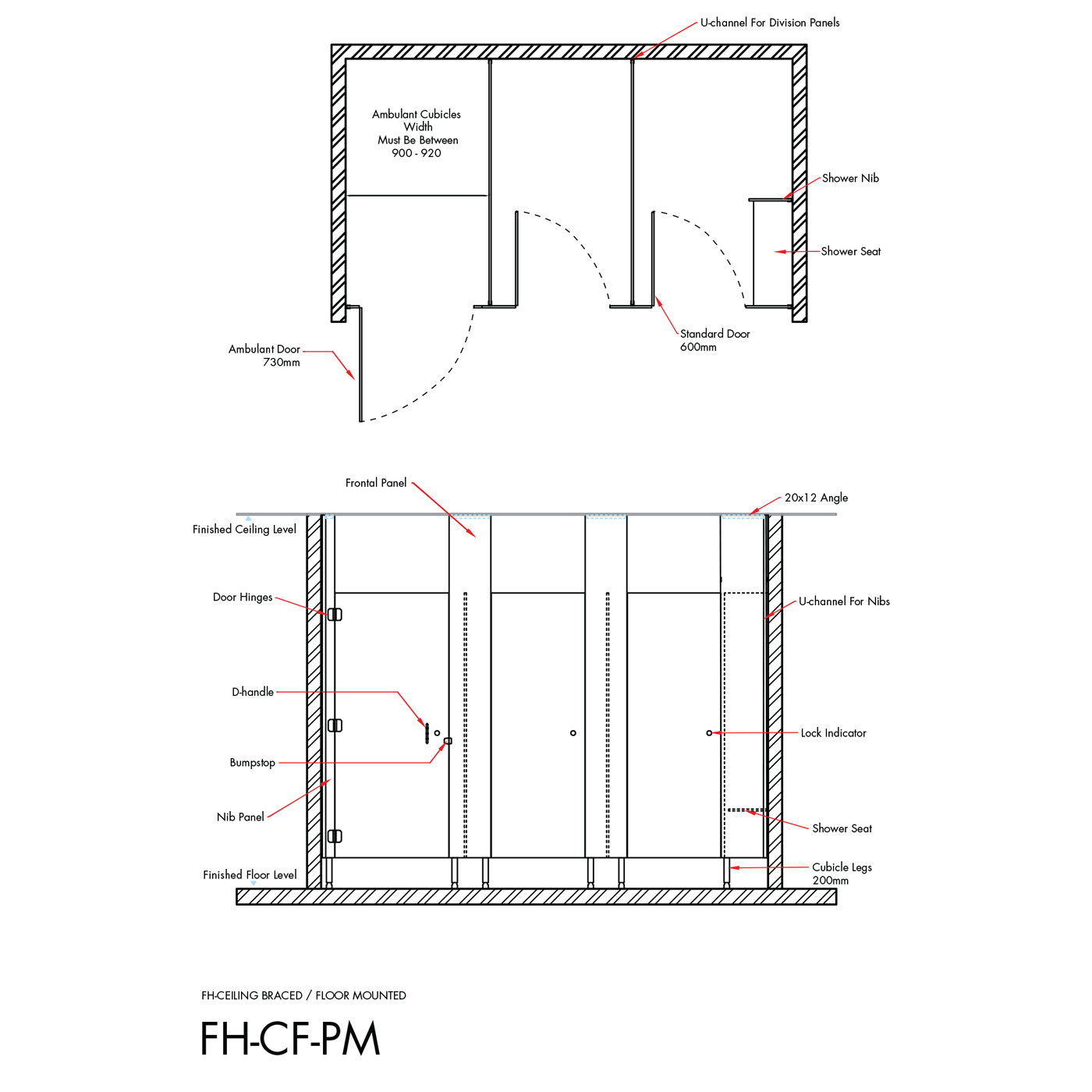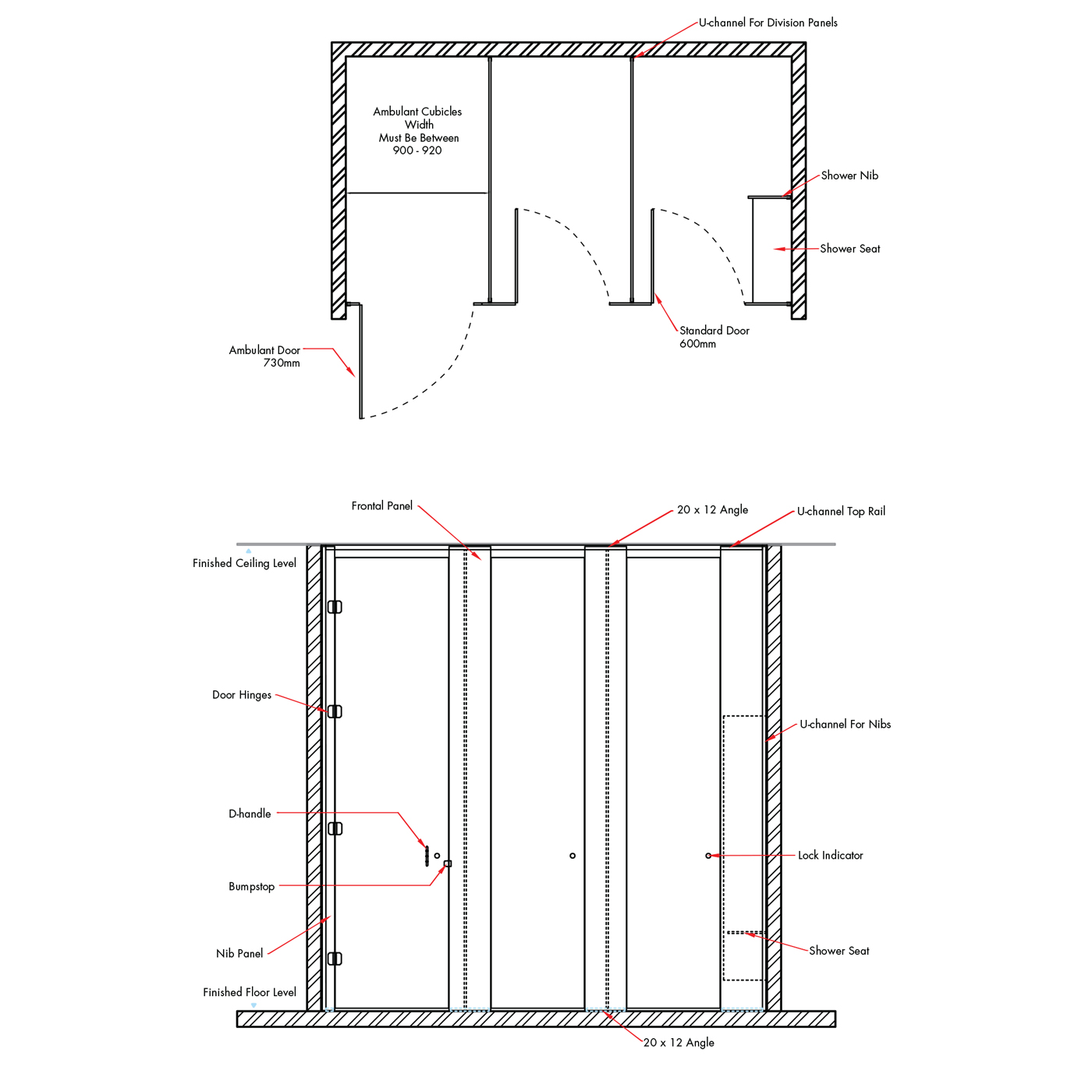How to spot AI images: don’t be fooled by the fakes
If you show a child a number or letter enough times, it’ll learn to recognize that number. An image, for a computer, is just a bunch of pixels – either as a vector image or raster. In raster images, each pixel is arranged in a grid form, while in a vector image, they are arranged as polygons of different colors. Image recognition is used in the same way to recognize a specific pattern in a picture.
It provides popular open-source image recognition software out of the box, with over 60 of the best pre-trained models. It also provides data collection, image labeling, and deployment to edge devices. Faster RCNN (Region-based Convolutional Neural Network) is the best performer in the R-CNN family of image recognition algorithms, including R-CNN and Fast R-CNN.
Image recognition is the ability of computers to identify and classify specific objects, places, people, text and actions within digital images and videos. Machine learning and deep learning models are capable of different types of learning as well, which are usually categorized as supervised learning, unsupervised learning, and reinforcement learning. Supervised learning utilizes labeled datasets to categorize or make predictions; this requires some kind of human intervention to label input data correctly. In contrast, unsupervised learning doesn’t require labeled datasets, and instead, it detects patterns in the data, clustering them by any distinguishing characteristics.
As technologies continue to evolve, the potential for image recognition in various fields, from medical diagnostics to automated customer service, continues to expand. AI photo recognition and video recognition technologies are useful for identifying people, patterns, logos, objects, places, colors, and shapes. The customizability of image recognition allows it to be used in conjunction with multiple software programs.
Here, deep learning algorithms analyze medical imagery through image processing to detect and diagnose health conditions. This contributes significantly to patient care and medical research using image recognition technology. The journey of an image recognition application begins with an image dataset.
How to Enhance Images with AI (2024 Guide)
As you can see, the image recognition process consists of a set of tasks, each of which should be addressed when building the ML model. One of the most popular and open-source software libraries to build AI face recognition applications is named DeepFace, which can analyze images and videos. To learn more about facial analysis with AI and video recognition, check out our Deep Face Recognition article. Still, it is a challenge to balance performance and computing efficiency. Hardware and software with deep learning models have to be perfectly aligned in order to overcome costing problems of computer vision. However, engineering such pipelines requires deep expertise in image processing and computer vision, a lot of development time and testing, with manual parameter tweaking.
If you look at results, you can see that the training accuracy is not steadily increasing, but instead fluctuating between 0.23 and 0.44. It seems to be the case that we have reached this model’s limit and seeing more training data would not help. In fact, instead of training for 1000 iterations, we would have gotten a similar accuracy after significantly fewer iterations. We don’t need to restate what the model needs to do in order to be able to make a parameter update. All the info has been provided in the definition of the TensorFlow graph already. TensorFlow knows that the gradient descent update depends on knowing the loss, which depends on the logits which depend on weights, biases and the actual input batch.
This technology empowers you to create personalized user experiences, simplify processes, and delve into uncharted realms of creativity and problem-solving. Another remarkable advantage of AI-powered image recognition is its scalability. Unlike traditional image analysis methods requiring extensive manual labeling and rule-based programming, AI systems can adapt to various visual content types and environments. Weak AI, meanwhile, refers to the narrow use of widely available AI technology, like machine learning or deep learning, to perform very specific tasks, such as playing chess, recommending songs, or steering cars.
As it comes to image recognition, particularly in facial recognition, there’s a delicate balance between privacy concerns and the benefits of this technology. The future of facial recognition, therefore, hinges not just on technological advancements but also on developing robust guidelines to govern its use. Visual recognition technology is commonplace in healthcare to make computers understand images routinely acquired throughout treatment. Medical image analysis is becoming a highly profitable subset of artificial intelligence.
These learning algorithms are adept at recognizing complex patterns within an image, making them crucial for tasks like facial recognition, object detection within an image, and medical image analysis. Image recognition software, an ever-evolving facet of modern technology, has advanced remarkably, particularly when intertwined with machine learning. This synergy, termed image recognition with machine learning, has propelled the accuracy of image recognition to new heights. Machine learning algorithms, especially those powered by deep learning models, have been instrumental in refining the process of identifying objects in an image.
Drones equipped with high-resolution cameras can patrol a particular territory and use image recognition techniques for object detection. In fact, it’s a popular solution for military and national border security purposes. These types of object detection algorithms are flexible and accurate and are mostly used in face recognition scenarios where the training set contains few instances of an image. Artificial neural networks identify objects in the image and assign them one of the predefined groups or classifications. The deeper network structure improved accuracy but also doubled its size and increased runtimes compared to AlexNet.
A separate issue that we would like to share with you deals with the computational power and storage restraints that drag out your time schedule. Artificial intelligence image recognition is the definitive part of computer vision (a broader term that includes the processes of collecting, processing, and analyzing the data). Computer vision services are crucial for teaching the machines to look at the world as humans do, and helping them reach the level of generalization and precision that we possess. For example, there are multiple works regarding the identification of melanoma, a deadly skin cancer. Deep learning image recognition software allows tumor monitoring across time, for example, to detect abnormalities in breast cancer scans. Our computer vision infrastructure, Viso Suite, circumvents the need for starting from scratch and using pre-configured infrastructure.
How does AI object detection work?
Additionally, as machine learning continues to evolve, the possibilities of what image recognition could achieve are boundless. We’re at a point where the question no longer is “if” image recognition can be applied to a particular problem, but “how” it will revolutionize the solution. Farmers are now using image recognition to monitor crop health, identify pest infestations, and optimize the use of resources like water and fertilizers.
Inception networks were able to achieve comparable accuracy to VGG using only one tenth the number of parameters. Image recognition is one of the most foundational https://chat.openai.com/ and widely-applicable computer vision tasks. All-in-one Computer Vision Platform for businesses to build, deploy and scale real-world applications.
A comparison of traditional machine learning and deep learning techniques in image recognition is summarized here. This object detection algorithm uses a confidence score and annotates multiple objects via bounding boxes within each grid box. YOLO, as the name suggests, processes a frame only once using a fixed grid size and then determines whether a grid box contains an image or not. The future of image recognition is promising and recognition is a highly complex procedure.
We can employ two deep learning techniques to perform object recognition. One is to train a model from scratch and the other is to use an already trained deep learning model. Based on these models, we can build many useful object recognition applications. Building object recognition applications is an onerous challenge and requires a deep understanding of mathematical and machine learning frameworks.
Felix Simon, a research fellow at the University of Oxford who studies AI’s impact on public discourse, said the image being created by artificial intelligence fueled its virality far less than other factors. Shah says another problem is that he has had graphic images of war removed by Instagram for violating the platform’s policies. He said he’s aware that repeat violations can mean that “users can get blocked,” he said. In dozens of attempts to recreate the image using Microsoft’s Image Creator, NPR was not able to prompt the tool to create a visual that came close to the viral one.
- Respondents most often report that their organizations required one to four months from the start of a project to put gen AI into production, though the time it takes varies by business function (Exhibit 10).
- Then, AI crunches this info to make smart decisions or predictions on the fly.
- In this article, we’ll explore the impact of AI image recognition, and focus on how it can revolutionize the way we interact with and understand our world.
In general, traditional computer vision and pixel-based image recognition systems are very limited when it comes to scalability or the ability to re-use them in varying scenarios/locations. Image recognition is a subset of computer vision, which is a broader field of artificial intelligence that trains computers to see, interpret and understand visual information from images or videos. Despite their differences, these two terms are often used interchangeably. Machine learning models are the output of these procedures, containing the data and the procedural guidelines for using that data to predict new data.
Yet in most industries, larger shares of respondents report that their organizations spend more than 20 percent on analytical AI than on gen AI. Looking ahead, most respondents—67 percent—expect their organizations to invest more in AI over the next three years. Compared with 2023, respondents are much more likely to be using gen AI at work and even more likely to be using gen AI both at work and in their personal lives (Exhibit 4). The survey finds upticks in gen AI use across all regions, with the largest increases in Asia–Pacific and Greater China. Respondents at the highest seniority levels, meanwhile, show larger jumps in the use of gen Al tools for work and outside of work compared with their midlevel-management peers.
In many cases, a lot of the technology used today would not even be possible without image recognition and, by extension, computer vision. One of the best things about generating AI art is not having to be able to draw or paint to be creative. Using pre-defined tools such as blend or custom parameters for aspect ratio, styling, or image weight, you can create one-of-a-kind pieces of artwork that will blow you away.
Image recognition, an integral component of computer vision, represents a fascinating facet of AI. It involves the use of algorithms to allow machines to interpret and understand visual data from the digital world. At its core, image recognition is about teaching computers to recognize and process images in a way that is akin to human vision, but with a speed and accuracy that surpass human capabilities. Computer vision (and, by extension, image recognition) is the go-to AI technology of our decade.
A ChatGPT That Recognizes Faces? OpenAI Worries World Isn’t Ready. – The New York Times
A ChatGPT That Recognizes Faces? OpenAI Worries World Isn’t Ready..
Posted: Tue, 18 Jul 2023 07:00:00 GMT [source]
Some tools give a percentage score giving their verdict on how probably it is that an image was AI generated. You can also try to investigate the origin of an image by doing a reverse image search on a search engine like Google. A real image of a famous person is more likely to appear online on various sites than an AI fake.
The placeholder for the class label information contains integer values (tf.int64), one value in the range from 0 to 9 per image. Since we’re not specifying how many images we’ll input, the shape argument is [None]. The common workflow is therefore to first define all the calculations we want to perform by building a so-called TensorFlow graph. During this stage no calculations are actually being performed, we are merely setting the stage. Only afterwards we run the calculations by providing input data and recording the results.
For example, I requested that the main subject of the image above shift to a woman of color and that the information on the television screen be changed to an Instagram profile. Anyone in the chat can see your prompt and results and even download them for their own use. Your results could also quickly be buried by others, and you’d have to scroll up to find them. I also ran each tool three times after each prompt, giving them a fair opportunity to deliver. For instance, I made one of “a photorealistic orange rabbit wearing a traditional Indian sari and playing an acoustic guitar” using Google’s Gemini.
Trusted by 8,000,000+ content writers from companies including
DeepLearning.AI’s Deep Learning Specialization, meanwhile, teaches you how to build and train neural network architecture and contribute to developing machine learning systems. Machine learning models are computer programs that are used to recognize patterns in data or make predictions. Social media platforms are battlegrounds for fake news and misinformation. how does ai recognize images But, thanks to advanced AI detection tools, these sites can now sift through millions of posts quickly. These tools use complex algorithms to spot patterns typical of fake accounts or misleading content. Recent developments have seen Instagram finally add a ‘Made with AI’ tag for AI-generated images, but its implementation hasn’t been without controversy.
Creative Bloq is part of Future plc, an international media group and leading digital publisher. Some organizations have already experienced negative consequences from the use of gen AI, with 44 percent of respondents saying their organizations have experienced at least one consequence (Exhibit 8). Respondents most often report inaccuracy as a risk that has affected their organizations, followed by cybersecurity and explainability. For the first time, our latest survey explored the value created by gen AI use by business function.
For this purpose, the object detection algorithm uses a confidence metric and multiple bounding boxes within each grid box. However, it does not go into the complexities of multiple aspect ratios or feature maps, and thus, while this produces results faster, they may be somewhat less accurate than SSD. One of the foremost concerns in AI image recognition is the delicate balance between innovation and safeguarding individuals’ privacy. As these systems become increasingly adept at analyzing visual data, there’s a growing need to ensure that the rights and privacy of individuals are respected.
Then the batches are built by picking the images and labels at these indices. Then we start the iterative training process which is to be repeated max_steps times. Argmax of logits along dimension 1 returns the indices of the class with the highest score, which are the predicted class labels. The labels are then compared to the correct class labels by tf.equal(), which returns a vector of boolean values. The booleans are cast into float values (each being either 0 or 1), whose average is the fraction of correctly predicted images. The scores calculated in the previous step, stored in the logits variable, contains arbitrary real numbers.
This includes identifying not only the object but also its position, size, and in some cases, even its orientation within the image. Currently, convolutional neural networks (CNNs) such as ResNet and VGG are state-of-the-art neural networks for image recognition. In current computer vision research, Vision Transformers (ViT) have shown promising results in Image Recognition tasks.
Computer vision is what powers a bar code scanner’s ability to “see” a bunch of stripes in a UPC. It’s also how Apple’s Face ID can tell whether a face its camera is looking at is yours. Basically, whenever a machine processes raw visual input – such as a JPEG file or a camera feed – it’s using computer vision to understand what it’s seeing. It’s easiest to think of computer vision as the part of the human brain that processes the information received by the eyes – not the eyes themselves. The image recognition system also helps detect text from images and convert it into a machine-readable format using optical character recognition.
It keeps doing this with each layer, looking at bigger and more meaningful parts of the picture until it decides what the picture is showing based on all the features it has found. Image recognition gives machines the power to “see” and understand visual data. It is a concern that has been echoed by other activists who have claimed graphic imagery that shows the atrocities of the war in Gaza can be removed from platforms, or suppressed by social media algorithms.
Thousands of people are in the newbie rooms at any given time, making it difficult to see your generated images. It’s best to download and install the Discord app, where you can access private messaging with Midjourney, making viewing and altering your images much more straightforward. To download the app, click on the floating green bar at the top of your screen. Discord will sense your operating system and automatically suggest the correct app version. It’s become so popular that signing up for a subscription is necessary before using it.
Visual search is another use for image classification, where users use a reference image they’ve snapped or obtained from the internet to search for comparable photographs or items. While it takes a lot of data to train such a system, it can start producing results almost immediately. There isn’t much need for human interaction once the algorithms are in place and functioning. Machine Learning helps computers to learn from data by leveraging algorithms that can execute tasks automatically. The algorithm uses an appropriate classification approach to classify observed items into predetermined classes.
Shah’s image has his own watermark on it with the tag of his Instagram account dedicated to his photography, @chaa.my_, giving the impression that the whole thing was his original undertaking. AbKa thinks Shah cropped her image right above her watermarks, then edited it with a tool that uses AI to expand and re-imagine the background of a photo. She believes this because she tried it herself on her own AI rendering and got results strikingly similar to the viral image. She said that should be worth something, though galvanizing support for Gaza was always her main impetus. “I don’t think any generated AI image is fully someone’s belonging,” AbKa said.
Images—including pictures and videos—account for a major portion of worldwide data generation. To interpret and organize this data, we turn to AI-powered image classification. And now you have a detailed guide on how to use AI in image processing tasks, so you can start working on your project. Fortunately, you don’t have to develop everything from scratch — you can use already existing platforms and frameworks.
Face recognition is now being used at airports to check security and increase alertness. Due to increasing demand for high-resolution 3D facial recognition, thermal facial recognition technologies and image recognition models, this strategy is being applied at major airports around the world. For example, Google Cloud Vision offers a variety of image detection services, which include optical character and facial recognition, explicit content detection, etc., and charges fees per photo.
This (currently) four part feature should provide you with a very basic understanding of what AI is, what it can do, and how it works. The guide contains articles on (in order published) neural networks, computer vision, natural language processing, and algorithms. It’s not necessary to read them all, but doing so may better help your understanding of the topics covered. To train a computer to perceive, decipher and recognize visual information just like humans is not an easy task. You need tons of labeled and classified data to develop an AI image recognition model. The image recognition technology helps you spot objects of interest in a selected portion of an image.
Khosla-backed HealthifyMe introduces AI-powered image recognition for Indian food – TechCrunch
Khosla-backed HealthifyMe introduces AI-powered image recognition for Indian food.
Posted: Thu, 21 Sep 2023 07:00:00 GMT [source]
As for the precise meaning of “AI” itself, researchers don’t quite agree on how we would recognize “true” artificial general intelligence when it appears. There, Turing described a three-player game in which a human “interrogator” is asked to communicate via text with another human and a machine and judge who composed each response. If the interrogator cannot reliably identify the human, then Turing says the machine can be said to be intelligent [1]. In just 6 hours, you’ll gain foundational knowledge about AI terminology, strategy, and the workflow of machine learning projects.
You can foun additiona information about ai customer service and artificial intelligence and NLP. Using private messaging provides a much less hectic interface, where you can generate images and easily see them in a private chat without the distraction of viewing other users’ photos. However, participating in group rooms is a great way to get inspiration and watch what prompts others use to generate gorgeous images. While it is a good idea to check out one of the newcomer rooms to get a feel for how things work, it can be challenging to keep up.
This helps remove bots and malicious actors that engage in identity fraud or spread inappropriate, harmful, or offensive content such as hate speech, violence, nudity, or graphic images. AI detectors can analyze the temporal patterns of content generation, such as posting frequency or message lengths, to identify bursts of AI-generated text. Sudden spikes in activity or the presence of repetitive patterns may indicate the automated generation of content by AI systems. With the rise of deepfakes and other AI-powered misinformation, AI detection tools can help users discern credible sources from potentially misleading AI-generated content. AI content detection plays a critical role in ensuring the safety, integrity, and quality of digital content, benefiting users, platforms, and society as a whole.
The entire image recognition system starts with the training data composed of pictures, images, videos, etc. Then, the neural networks need the training data to draw patterns and create perceptions. While human beings process images and classify the objects inside images quite easily, the same is impossible for a machine unless it has been specifically trained to do so. The result of image recognition is to accurately identify and classify detected objects into various predetermined categories with the help of deep learning technology. Before the development of parallel processing and extensive computing capabilities required for training deep learning models, traditional machine learning models had set standards for image processing. Image recognition works by processing digital images through algorithms, typically Convolutional Neural Networks (CNNs), to extract and analyze features like shapes, textures, and colors.
Instead, the complete image is divided into small sections called feature maps using filters or kernels. The objects in the image that serve as the regions of interest have to labeled (or annotated) to be detected by the computer vision system. Once the dataset is ready, there are several things to be done to maximize its efficiency for model training. For more inspiration, check out our tutorial for recreating Dominos “Points for Pies” image recognition app on iOS. And if you need help implementing image recognition on-device, reach out and we’ll help you get started.
One of the most widely adopted applications of the recognition pattern of artificial intelligence is the recognition of handwriting and text. While we’ve had optical character recognition (OCR) technology that can map printed characters to text for decades, traditional OCR has been limited in its ability to handle arbitrary fonts and handwriting. For example, if there is text formatted into columns or a tabular format, the system can identify the columns or tables and appropriately translate to the right data format for machine consumption. Likewise, the systems can identify patterns of the data, such as Social Security numbers or credit card numbers. One of the applications of this type of technology are automatic check deposits at ATMs.
The notation for multiplying the pixel values with weight values and summing up the results can be drastically simplified by using matrix notation. If we multiply this vector with a 3,072 x 10 matrix of weights, the result is a 10-dimensional vector containing exactly the weighted sums we are interested in. For each of the 10 classes we repeat this step for each pixel and sum up all 3,072 values to get a single overall score, a sum of our 3,072 pixel values weighted by the 3,072 parameter weights for that class. Then we just look at which score is the highest, and that’s our class label.
In this type of Neural Network, the output of the nodes in the hidden layers of CNNs is not always shared with every node in the following layer. It’s especially Chat GPT useful for image processing and object identification algorithms. Computer Vision teaches computers to see as humans do—using algorithms instead of a brain.

